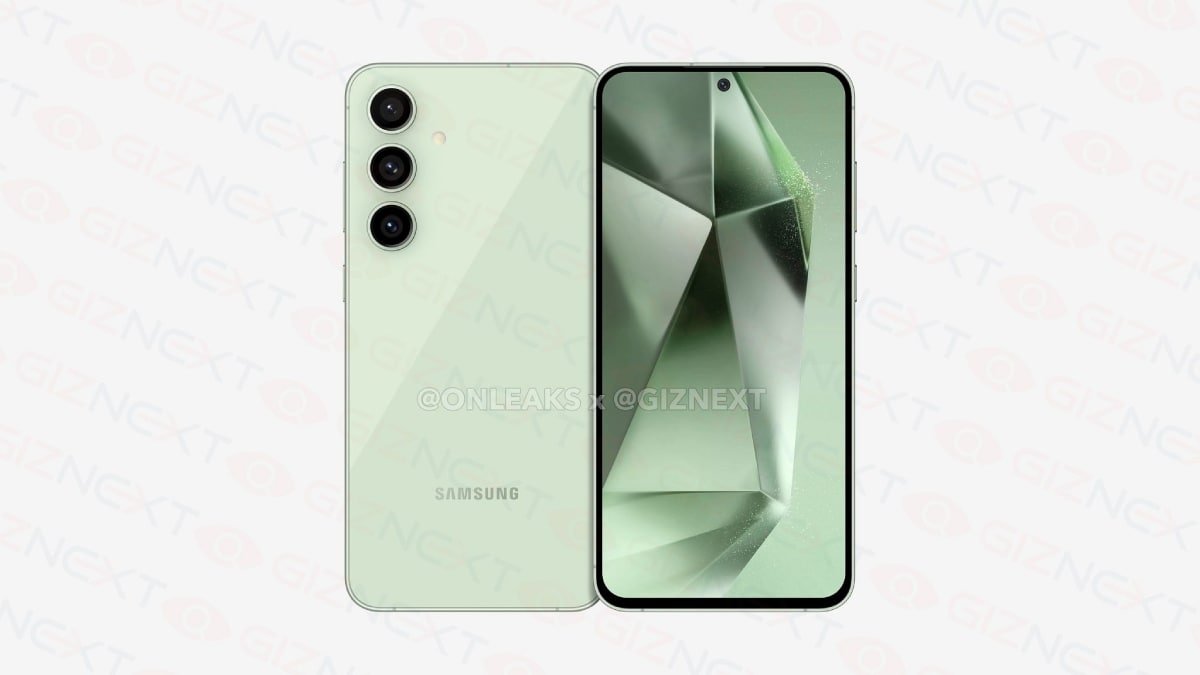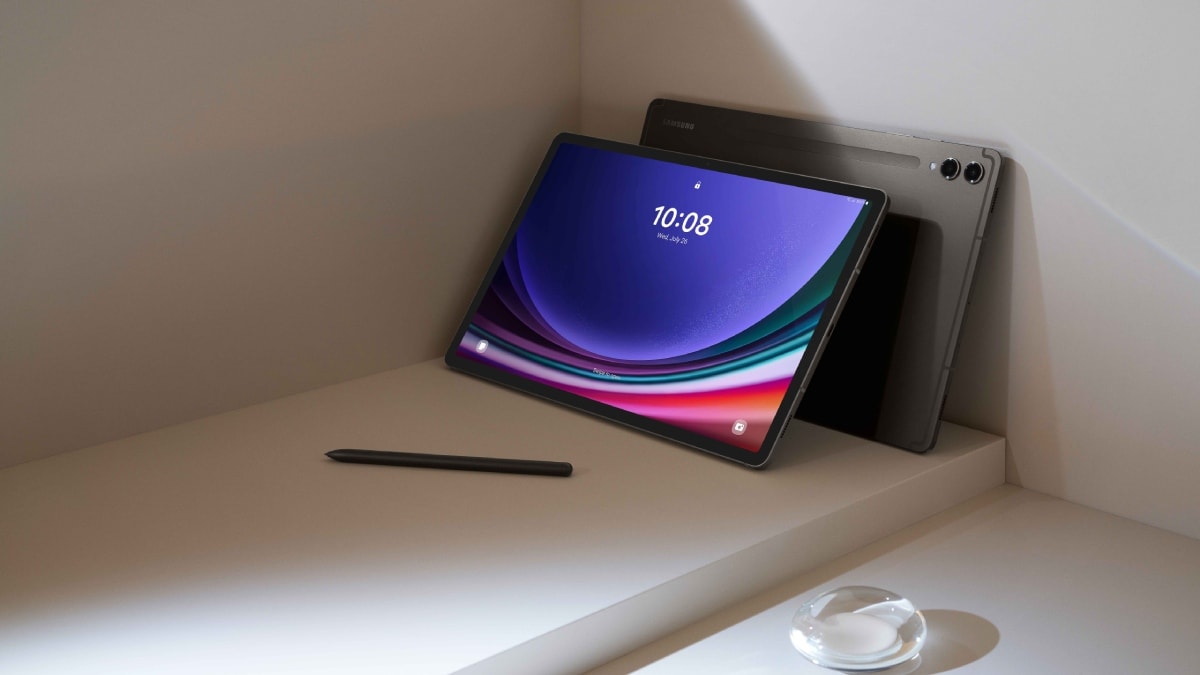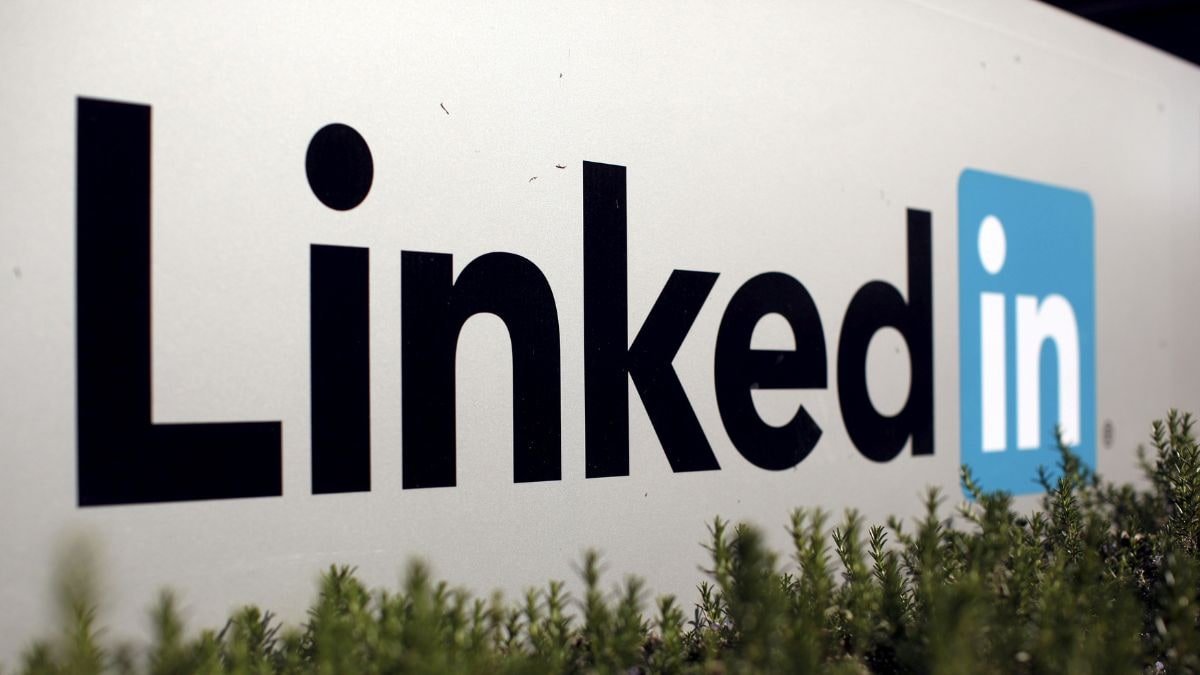
ChatGPT is getting a new Connect Apps feature that will allow users to integrate their Google Drive and Microsoft OneDrive with the artificial intelligence (AI) platform. This feature will enable users to eliminate the hassle of downloading documents to their devices and then manually uploading them to the AI platform. However, this feature is only available for the paid users of the chatbot, which includes the ChatGPT Plus, Teams, and Enterprise users. Notably, the AI firm has also begun gradually rolling out GPT-4o to users globally.
The feature was announced by OpenAI via a blog post, where it also introduced a couple more features. All of these features are part of the company’s Spring Update, which also unveiled the GPT-4o AI model with emotive voice and computer vision capabilities. Now, paid users of ChatGPT will get the option to directly upload Google Sheets, Docs, Slides, and Microsoft Excel, Word, and PowerPoint files to ChatGPT with the new Connect Apps feature.
Connect Apps option will let users integrate their primary cloud storage service between Google Drive and Microsoft OneDrive (both enterprise and personal account) with the platform. While the company has not specified, this feature should be available on both the website and the mobile apps. To find the feature, users will have to tap on the paper clip icon located on the left edge of the text field. Tapping on the menu option will open a larger box which will show Google and Microsoft’s cloud storage that can be connected.
Once connected, users can directly upload the files and the AI chatbot will process them. Apart from this, OpenAI is also introducing interactive tables and charts for ChatGPT. Now, when the platform generates a table or chart, users can interact with it and make edits. While they won’t be able to make manual edits at this stage, they can write additional prompts to regroup the tables or to change the colours of a pie chart, and the AI will do it.
After the final chart or table has been prepared, users will also be able to download them. OpenAI says the interactive feature supports several chart types, and in case the user-specified type is unavailable, the chatbot will generate a static chart.




